
Capoeira is an Afro-Brazilian martial art and game that includes elements of dance, acrobatics, music and spirituality.

Manuel dos Reis Machado, commonly called Mestre Bimba, was a Brazilian capoeira mestre and the founder of the capoeira regional style. Bimba was one of the best capoeiristas of his time, undefeated in numerous public challenges against fighters from various martial arts.
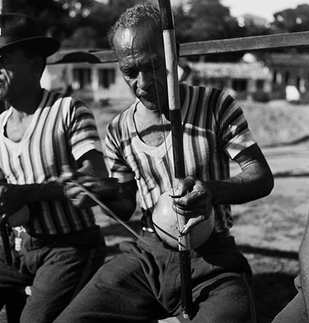
Vicente Ferreira Pastinha, known as Mestre Pastinha, was a mestre of the Afro-Brazilian martial art capoeira and a codifier of the traditional capoeira Angola style.
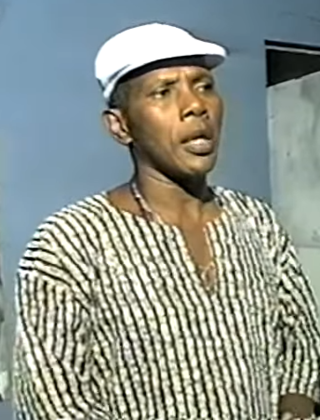
Pedro Moraes Trindade, commonly known as Mestre Moraes, is a master of capoeira.

Capoeira de Angola or simply angola is the traditional style of capoeira, the Afro-Brazilian martial art. A newer style, based on the reform of capoeira Angola, is called regional.

Aú batido is a traditional capoeira cartwheel kick, known under various names in breakdancing, MMA and other disciplines.

Cabeçada is a frequently used strike in capoeira. It is one of the fundamental techniques in traditional capoeira.
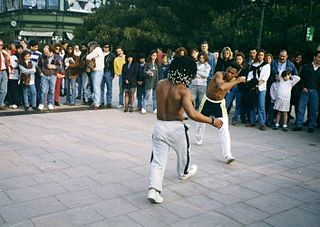
The ginga is the fundamental footwork of capoeira. It is a sidestep that can be a prance or a shuffle and it sets the rhythm of the game. The ginga embodies the extraordinary cunning of capoeira, which is its fundamental characteristic.
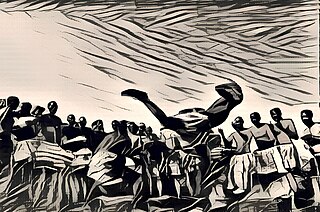
N'golo is a traditional Bantu martial art and game from Angola, that combines elements of combat and dance, performed in a circle accompanied by music and singing. It is known as the forerunner of capoeira.

Rabo de arraia or meia-lua de compasso is a distinct technique found in the martial arts of engolo and capoeira, that combines an evasive maneuver with a reverse kick.

The history of capoeira explores the origins and development of capoeira, the Brazilian martial art, that combines elements of dance, acrobatics, and music.
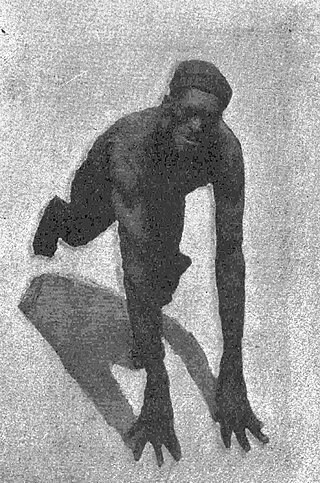
Rabo de arraia is a parent technique in capoeira for inverted kicks over the head, resembling the stingray's strike. This parent term includes following major techniques:
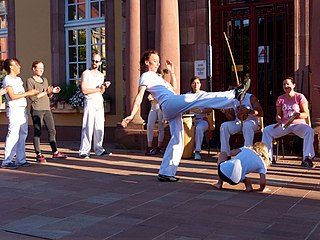
Meia lua (crescent) or Meia lua de frente is one of the few principal kicks in capoeira. The kicking leg moves in the form of an arc before returning to its original position.

In capoeira, escorpião (scorpion), originally known as rabo de arraia, is a distinct inverted kick over the head, resembling the stingray's or scorpion strike.
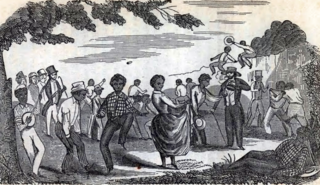
Knocking and kicking is a little-known traditional African-American dance-like martial art, arguably practiced clandestinely in parts of the Southern US and on the Sea Islands.

Chapa de frente or bênção (blessing) is a front push kick with the sole of the foot. In some variants, bênção can be done with the heel in the chest.

Rasteira is a foot sweep technique in capoeira, which usually counters high kicks. It is one of the fundamental techniques in traditional capoeira.

Jogo de dentro or jogo de baixo is style of playing capoeira on the ground, involving low movements, with capoeiristas supporting themselves with their feet and hands only. The body should not touch the ground in this modality.

Aú is the capoeira term for a cartwheel. The purpose of the "aú" in capoeira includes mobility, offense and evasion. The aú has similarity to handstand in capoeira (bananeira), but it differs because the body rotates laterally with an energetic impulse.




















